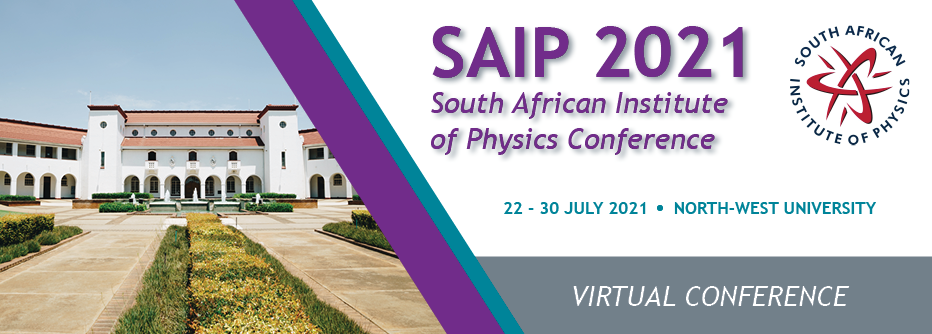Speaker
Description
Impact of Helium (He) in the migration of strontium implanted 6H-SiC
T.F. Mokgadi$^1$, T.T. Hlatshwayo$^1$, M. Msimanga$^2$, V.A. Skuratov$^3$
$^1$ Physics Department, University of Pretoria, Pretoria, South Africa.
$^2$ Physics Department, Tshwane University of Technology, P Bag X680, Pretoria 0001, South Africa
$^3$ Joint Institute for Nuclear Research, Dubna, Russia
Silicon carbide (SiC) is regarded as the main candidate material for nuclear energy application, such as a structural material in future fusion reactors and as fuel cladding in future generation fission reactors, based on its low neutron capture cross-section, outstanding chemical and thermal stability. In fission reactors such as the PBMR, the fuel particle (TRISO particle) where SiC is the main diffusion barrier of fission products (FPs), is able to retain most of the radiologically important FPs with the exception of strontium ($^{90}$Sr), Europium (Eu) and silver (Ag). $^{90}$Sr is an isotope of naturally occurring nontoxic and nonradioactive strontium, it is also a by-product of fission reactions in nuclear reactors with yields of about 5.7% and 6.6% from U-235 and U-233, respectively. It has a half-life of about 29 years and undergoes a beta decay into yttrium-90 ($^{90}$Y) accompanied by a decay energy of about 0.55 MeV. This, is the more reason why it is important to investigate the retention of Sr in the TRISO particle, specifically SiC. Simultaneous to the release of FPs in fission reactions is the release of alpha-particles. Alpha-particles/helium ions (He$^+$) are a product of nuclear reactions with generation rates of about 2.5 appm He/dpa and have been reported to form bubbles in SiC which in the long run compromises its structural integrity. Therefore, in the nuclear reactor environment SiC will be exposed to high dose, temperature irradiation, and He$^+$ generation. We will be presenting the results of a study that looks into the dual implantation of Sr and He at room temperature and the impact of He bubbles in the Sr migration in SiC at high temperatures.
Level for award;(Hons, MSc, PhD, N/A)?
PhD
Apply to be considered for a student ; award (Yes / No)?
Yes

